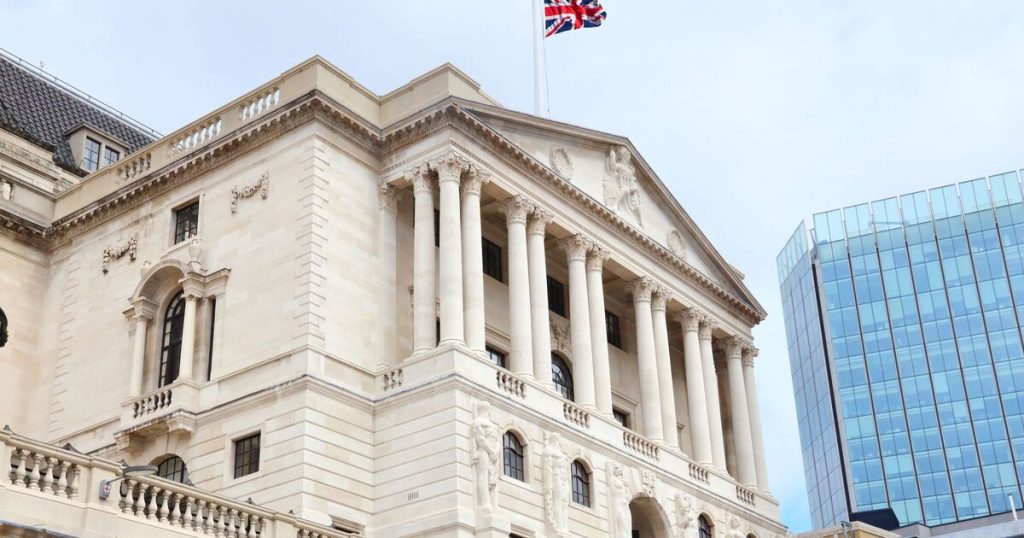
The Bank of England is facing a growing clamour to make as many as six cuts in interest rates to save the economy from a recession.
Goldman Sachs has issued a new forecast that UK interest rates would fall from the current figure of 4.75 percent to 3.25 percent by spring of 2026.
Any such move would bring down mortgage rates, which will help the hundreds of thousands of people coming off fixed rate deals, and business.
The Wall Street bank street bank’s views echo those of Professor Alan Taylor, the newest member of the Bank’s monetary policy committee (MPC).
Last week, he indicated that he would be comfortable with the central bank lowering rates five or six times “to get interest rates back toward normal to sustain a soft landing” for the UK economy.
A number of business and retail organisations have suggested that the Rachel Reeves Budget in October will push up business costs and prices, so risking stagflation – the combination of a rising cost of living and a shrinking economy.
Until recently, the money markets have been anticipating two cuts to the cost of borrowing this year with a quarter point reduction expected when the Bank’s MPC meets on February 6.
However, analysts at Goldman Sachs said: “We believe that markets are pricing too few rate cuts.
“While it is possible that the Bank of England will slow the pace of cuts if underlying inflation fails to make progress, we believe that a step-up to a sequential pace of cuts in response to weaker demand is actually more likely.”
Goldman Sachs said that weaker than expected economic growth would prompt the Bank of England to loosen policy quicker than previously expected.
Figures from the Office for National Statistics showed that GDP increased by 0.1 per cent in November, lower than analysts’ expectations. At the same time, some key inflation measures have weakened and unemployment has risen to 4.4 percent, while job vacancies dropped to their lowest level since the middle of 2021.
Goldman Sachs experts said: “While some of this weakness is likely related to expectations for a negative employment effect from the upcoming national insurance increase, we now see notable signs of underlying cooling, which should weaken pay pressures over time.”






